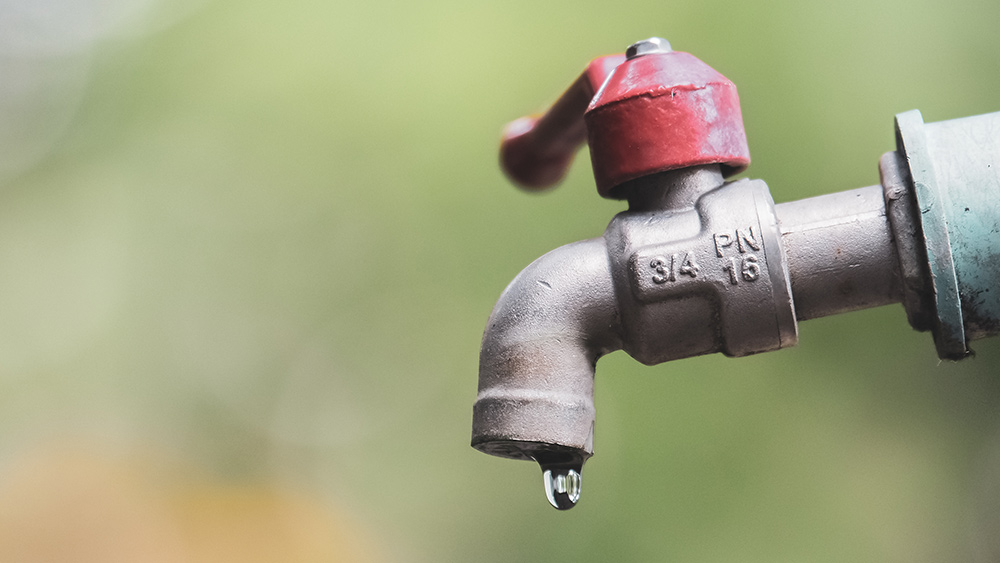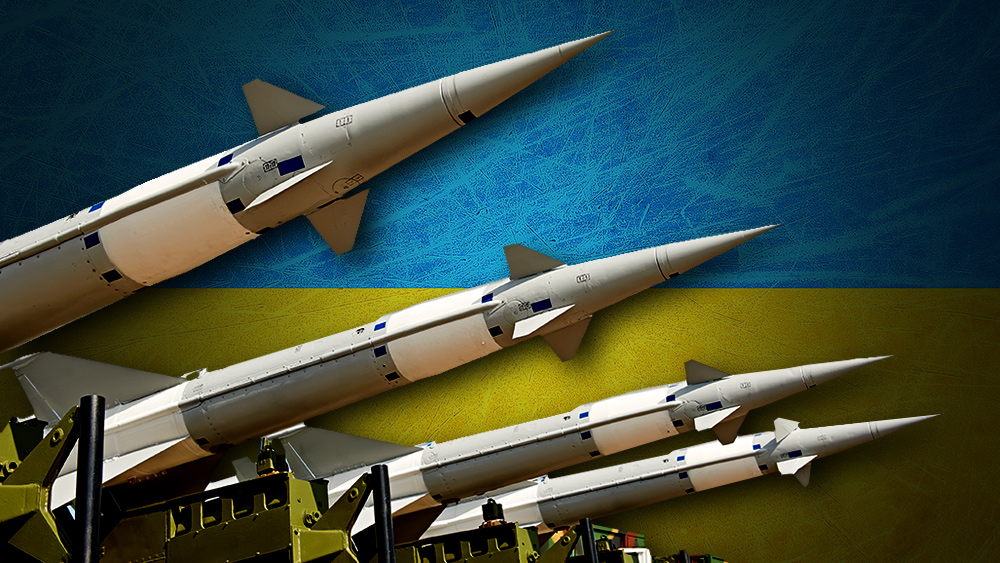 Parler
Parler Gab
Gab
The poorest nations of the world are suffering the most under crippling inflation
Since the statistics bureau first started tracking inflation numbers back in the 1970s, this past year's increase is the highest on record. "This is the highest ever inflation recorded in the data we have," a spokesman said about the development. Pushing up the inflation index an additional 3.72 percent from February to March of this year were higher food prices, mainly for cooking oil. Electricity prices are also out of control with no end in sight. According to the data, annual food inflation in March clocked in at 47.1 percent in urban areas and 50.2 percent in rural areas. Core inflation, which removes the food and energy components, ranked at 18.6 percent in urban areas and 23.1 percent in rural areas. Pakistan is currently in talks with the International Monetary Fund (IMF) to attain $1.1 billion in additional funding as part of a $6.5 billion bailout that was agreed upon in 2019, but that has not yet yielded any fruit. Because of this, the South Asian nation has been in severe economic turmoil for many months now, with its foreign exchange reserves falling to lows that barely cover even four weeks of imports. The government of Pakistan issued its monthly economic outlook report in which the finance ministry projects that inflation will remain elevated for the foreseeable future. Instead of blaming usury, market manipulation, and other corrupt practices inherent to fractional reserve lending and banking, the same report cited "frictions" caused by gaps in supply and demand for essential items. Exchange rate depreciation and higher fuels costs were also cited as factors driving all this inflation. "While the IMF program offers crucial support, without structural reforms like tax and social protection reforms, it will not be enough to ensure long-term stability and inclusive growth," one report stated about the matter. "Delaying the IMF program has negatively affected investor confidence, increased inflation, and hindered growth prospects. Pakistan must act quickly to secure the bailout loan and mitigate the socioeconomic effects of the crisis." "Pakistan's economic crisis, including its high inflation, low growth, and declining foreign reserves, requires a comprehensive reform agenda that addresses both short-term stabilization and long-term structural issues. The IMF highlights the need to expand social safety nets and improve the performance of state-owned enterprises and governance." The latest news about the ongoing inflation crisis can be found at Collapse.news. Sources for this article include: Reuters.com NaturalNews.com TheDiplomat.comTruck carrying dioxin-contaminated soil from East Palestine CRASHES in eastern Ohio
By Ethan Huff // Share
Report – Ukraine to run out of anti-air missiles by end of May
By Arsenio Toledo // Share
Investing cash in money market funds is a safe move, says financial analyst Edward Dowd
By Kevin Hughes // Share
Governments continue to obscure COVID-19 vaccine data amid rising concerns over excess deaths
By patricklewis // Share
Tech giant Microsoft backs EXTINCTION with its support of carbon capture programs
By ramontomeydw // Share
Germany to resume arms exports to Israel despite repeated ceasefire violations
By isabelle // Share










